For most people, the whole point of buying an in-ground backyard pool is to relax in it. But compared to fiberglass pool owners, people with concrete pools spend a lot more time and money on maintenance. If you want to spend more time enjoying your backyard pool and less time maintaining it, you must get out of the stone age.
Weekly Cleaning and Maintenance
Concrete has a rough, porous surface, which is more inviting to algae and bacteria. That’s why owners of concrete pools find themselves not just skimming surface debris, but vigorously scrubbing the bottom and sides of their pools with a stiff-bristled brush, week after week.
Fiberglass pools have a smoother, non-porous surface that resists algae growth. The only weekly cleaning their owners need to do is to clean the bottom with a vacuum, and to remove floating debris with a skimmer net.
Although maintenance time varies from pool to pool, a fiberglass pool with an automatic cover could take as little as an hour per month to keep the pool in tip top shape. Less maintenance means more time to enjoy the pool – and less expenses! A maintenance-free pool doesn’t exist yet, but a fiberglass swimming pool is about the closest you can get.
Chemicals
Concrete pools—largely due to algae prevention—need a lot of chemicals. Owners must monitor the addition of algaecide, along with calcium hardness, pH level and alkalinity as well as concrete cancer.
Fiberglass pool maintenance requires fewer chemicals—although owners will still be on the hook to monitor pH, alkalinity and chlorine levels. Fiberglass pools also play well with the increasingly popular saltwater chlorinator systems, which are also less expensive and less time consuming than traditional chlorination systems, giving you more time to enjoy your pool and costing you less to maintain it.
Draining
Concrete pools will need to be drained when cracks develop in the sides, or when a stained surface requires acid washing (which happens, on average, every few years). Both of these procedures can be time-consuming and expensive—especially acid washing, which typically requires professional pool cleaners.
Fiberglass pools rarely, if ever, require draining—and never require costly acid washing.
Resurfacing
Concrete pools have a finish that degrades and chips over time, and requires a resurfacing about once a decade. And that resurfacing costs a lot. Depending on their pool’s size and location in the U.S., concrete pool owners may find themselves paying between $5,000 and $15,000 every 10 years.
Fiberglass pools are remarkably durable and don’t need replastering. Besides eliminating periods when the pool isn’t available, that feature frees owners from having to pay thousands and thousands of dollars—and makes fiberglass pools a more sensible investment with each passing year.
The Fiberglass Era Starts Now
Compared to concrete pools, fiberglass pools are a more modern, durable and smarter choice. And when you choose a Latham in-ground fiberglass pool, you’ll be able to spend more time playing in your pool—and less time working on it.

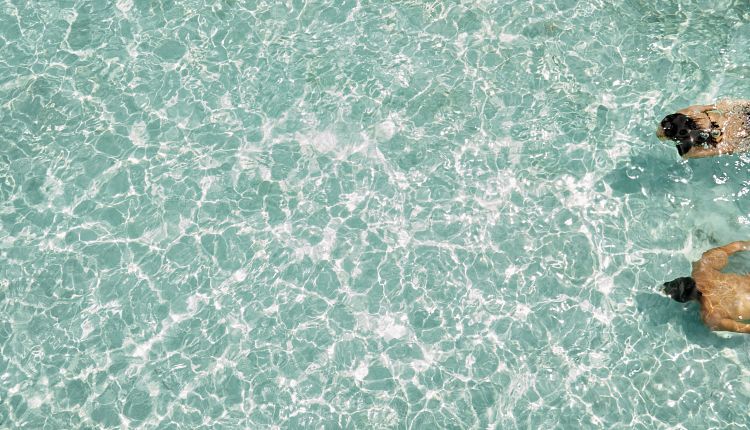

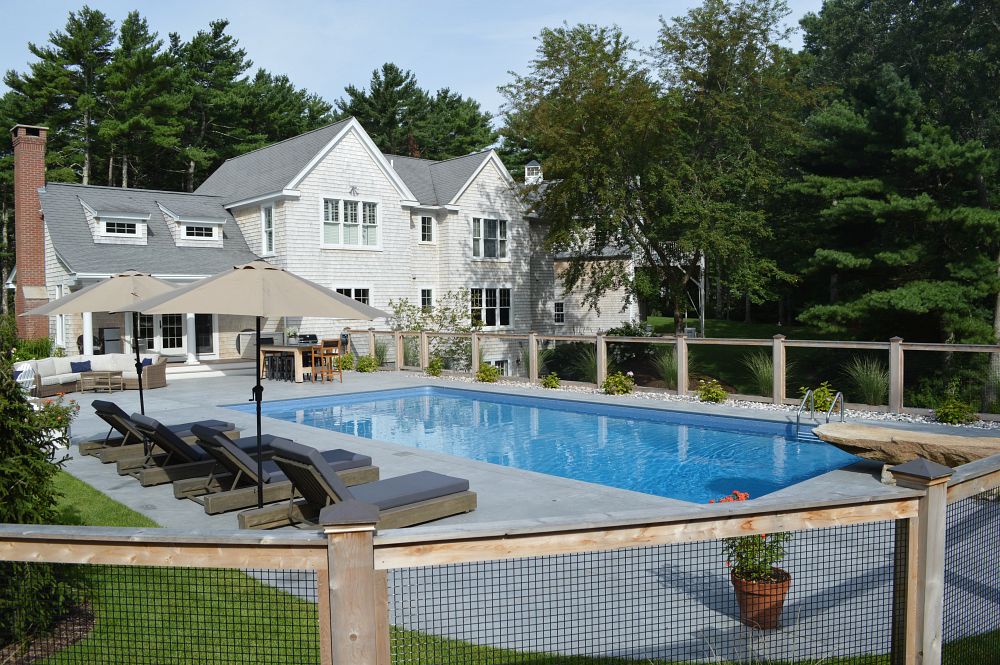
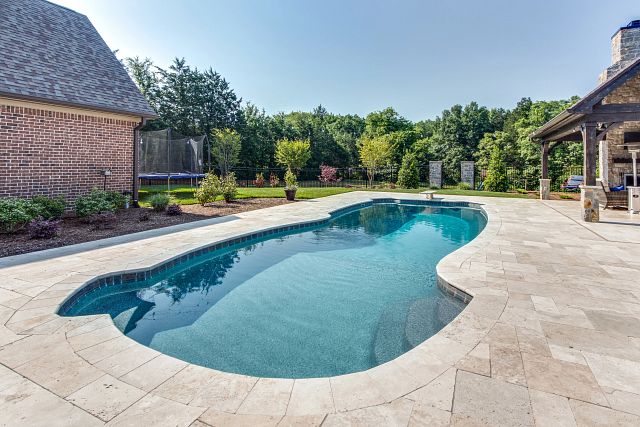
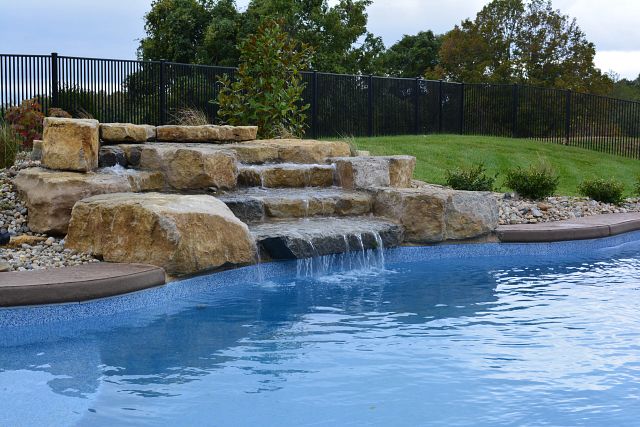
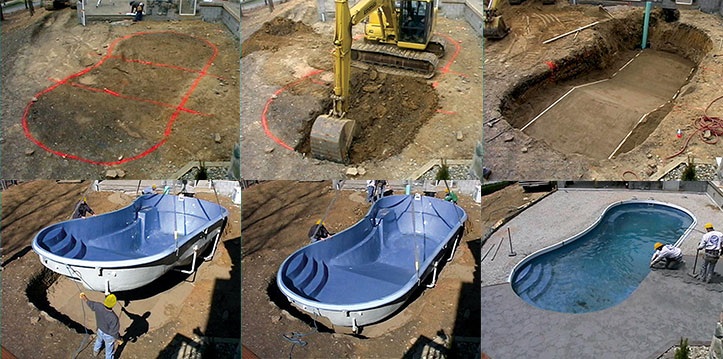
Join the discussion